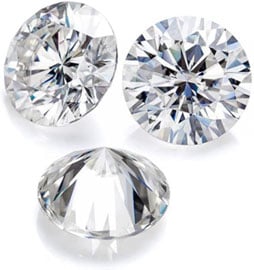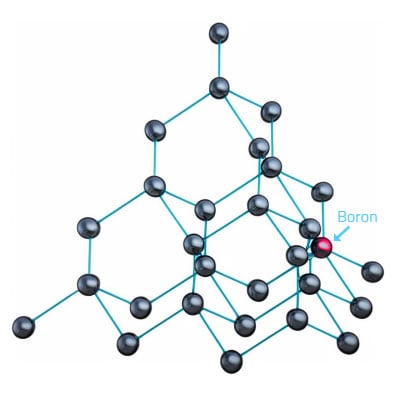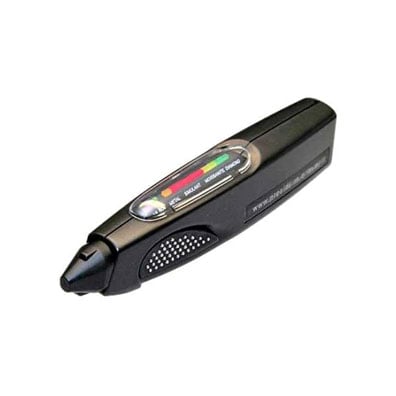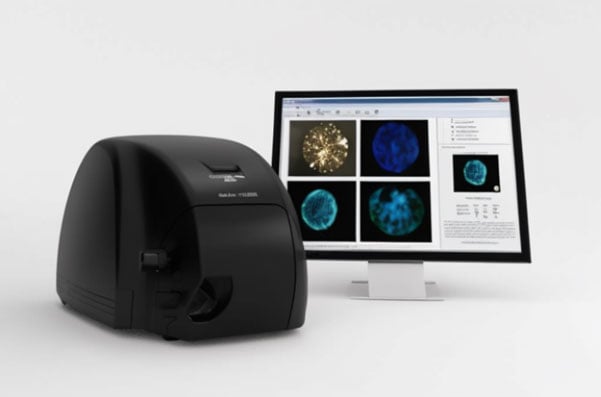Why Lab-Grown Diamonds Can Test as Synthetic Moissanite or Other Simulants?
Laboratory-grown diamonds, particularly those produced through the HPHT method, often present a perplexing challenge during testing as they can register as a synthetic moissanite or another type of diamond simulant. This poses a significant issue for gemstone identification and may lead to misidentification, creating confusion among consumers.

The reason for this unexpected outcome lies in the presence of boron, an impurity uncommonly found in natural diamonds but often present in laboratory-grown diamonds. Boron, when trapped within the diamond's crystal structure, alters its properties, notably affecting its colour and electrical conductivity.

Even in small quantities, boron can significantly impact a diamond's characteristics. The boron content is especially prevalent in HPHT-grown laboratory diamonds, with studies revealing that 70% of colourless HPHT lab-grown diamonds contain boron.
The use of boron compounds in the HPHT production process contributes to this phenomenon. These compounds are incorporated into the reaction cell where diamonds grow, resulting in boron becoming embedded within the forming crystals. As a result, HPHT lab-grown diamonds containing boron can exhibit a blue tint and are prone to being mistaken as moissanite on electrical probes and diamond multitesters.

Despite advancements in testing methods, the confusion persists, as diamond testers continue to rely on thermal and electrical conductivity to differentiate diamonds from simulants. This highlights the complexities surrounding laboratory-grown diamonds and the need for comprehensive testing approaches rather than simple shop-testing pen devices.
In essence, the presence of boron in some laboratory-grown diamonds leads to variations in their electrical properties, resulting in misleading test results on basic diamond testers. This underscores the importance of understanding these nuances and employing appropriate testing methodologies to ensure accurate gemstone identification.
Summary
Determining whether a gem is a genuine diamond demands thorough assessment, typically involving various tests. While basic shop testing devices are readily accessible, they often lack reliability due to their simplistic methods.
For accurate results, it's recommended to consult professional gemologists with access to specialised testing facilities. At Angelic Diamonds, all our diamonds undergo screening and testing by experts equipped with state-of-the-art equipment from the De Beers Group. This ensures that you can have complete confidence in the jewellery you purchase from us.
You can find more information on the Gem Academy link below:
You May Also Like

How to Determine Whether a Diamond is Natural or ...
Introduction: Whether you're looking for an engagement ring or just i ...

10 Cool Ideas For A Unique Wedding Reception
So much work goes into planning a wedding that you’ll be complet ...

8 Things To Do As Soon As You Get Engaged
Getting engaged is one of the most exciting times of your life! After ...
